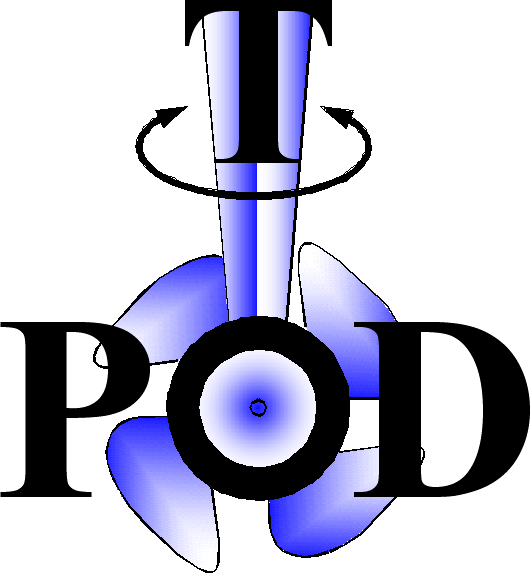


|
|
|
The knowledge of the forces and moments at podded drives at different working conditions is necessary for the design of the propeller and pod housing. The manoeuvring of the ship with azimuthing podded drives leads to fast variations in the propeller load and an oblique inflow of the propeller. The ships are normally steered by turning the podded drives within y = ± 5°. As long as the ship manoeuvres in the limits of these small steering angles the forces and moments of the propeller and pod system will be very close to that under straight ahead sailing condition (steering angle y = 0°). The forces and moments increase significantly at steering angles larger than y = ±10° (ship entered a steady turning circle) at high ship speeds. High loadings will occur especially during the crash stop manoeuvre with the changing of the propeller direction of rotation or the turning of the podded drive and due to the break-down of the motor (blocked propeller). The SVA Potsdam has carried out systematically tests with podded drives with pulling and pushing propellers at different steering angles for the working conditions propeller with positive and negative rpm and with a trailing and a blocked propeller. For the measurement of the thrust, transverse force, vertical force and torque of the propeller a special measuring system has been developed. The forces in x, y and z-direction and the moments around the x, y, and z-axis of the pod system have been measured with a 6-component balance. The paper will present the influence of the steering angle at the propeller and pod system forces and moments for different advance coefficients and different working conditions of the propeller. The possibilities for the prediction of the forces and moments at different steering angles and the influence of cavitation will be discussed. |
|
Send mail to
tpod@ncl.ac.uk with
questions or comments about this web site.
|